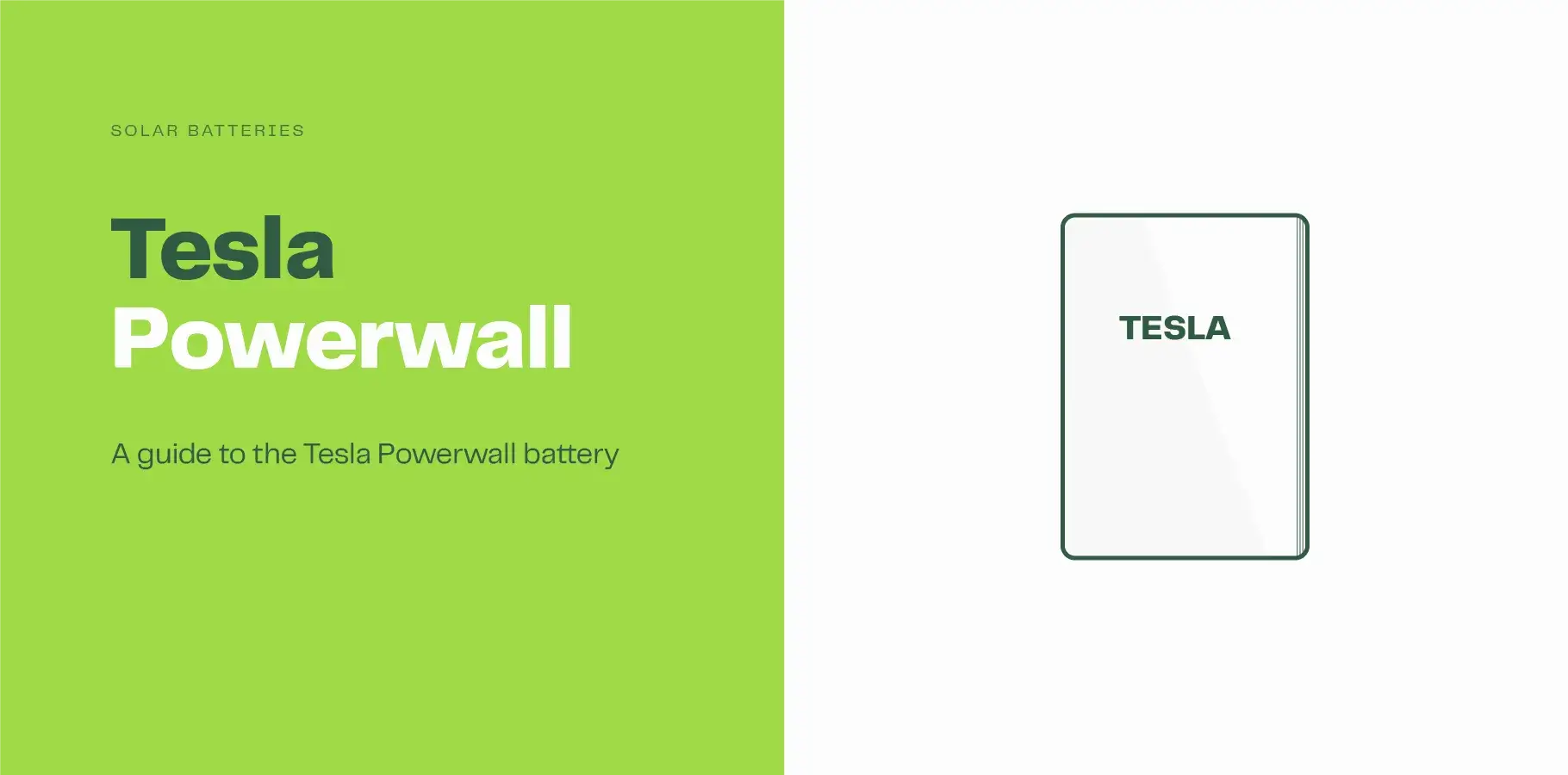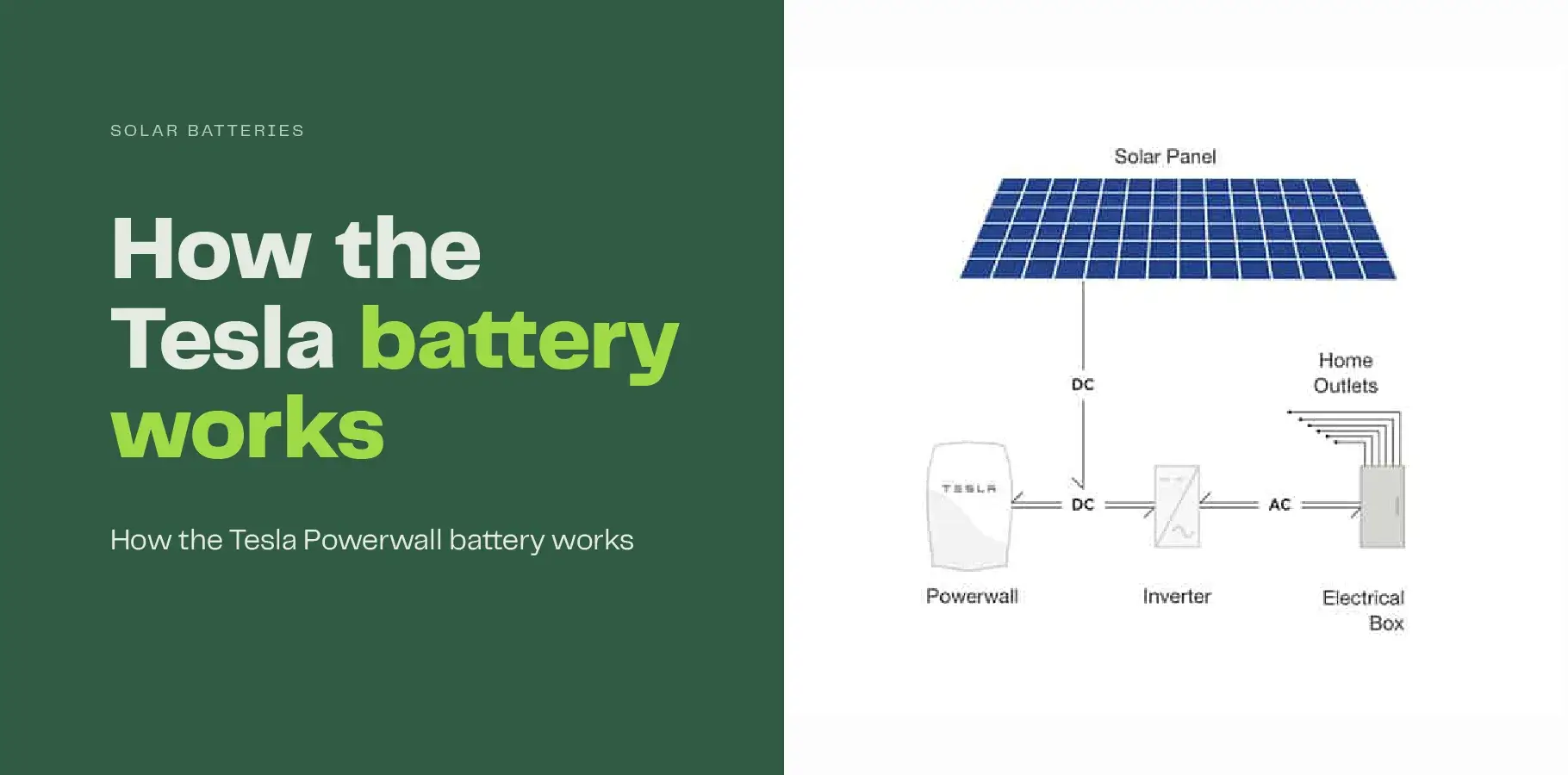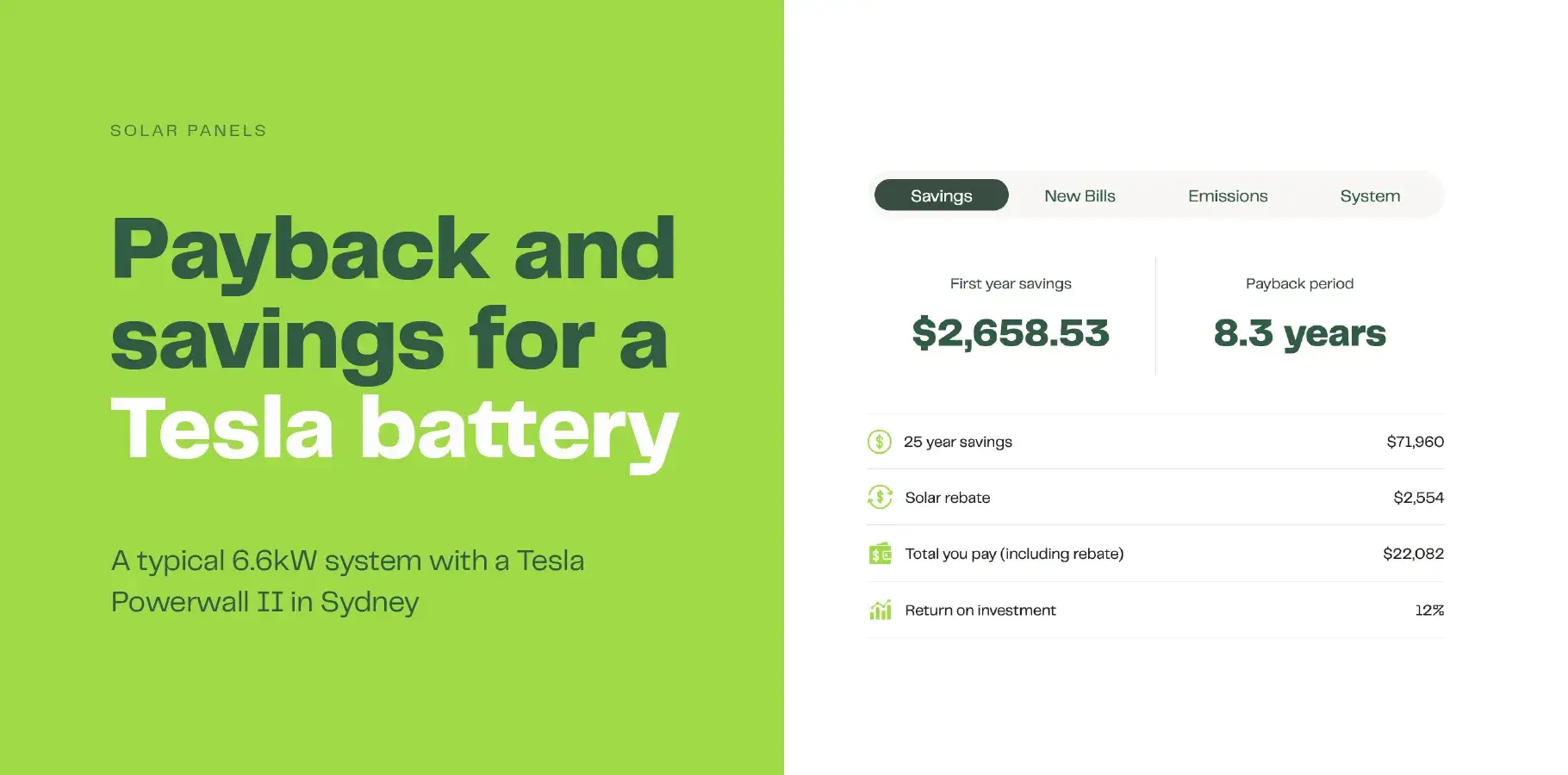Tesla Powerwall battery: A buying guide
A complete guide to buying and installing a Tesla Powerwall II battery.
The Tesla Powerwall II battery is available in Australia. The battery can store up to 13.5kWh of electricity and comes with a 10-year warranty.

Tesla Powerwall III is yet to hit Australian shores (expected late 2024); it is a smaller, more efficient battery with the same capacity as the original Powerwall. Tesla’s Powerwall II remains a popular solar battery despite its recent price increase. In this guide we cover:
- Tesla Powerwall cost
- Tesla battery specs
- How the Powerwall works
- What savings will the Tesla Powerwall deliver
- Installation
Telsa Powerwall II costs and prices
The Tesla Powerwall II costs between $13,500 – $16,000, which includes full installation. The price for the Tesla Powerwall II does not include the cost of solar panels. A 6.6kW solar panel system is typically a good accompaniment for the Tesla battery and would increase the full system cost to between $20,000 – $25,000.
Tesla Powerwall II prices:
| Details | Price range |
|---|---|
| 13.5kWh Tesla Powerwall II: | $13,500 – $16,000 |
| Tesla Powerwall II with 6.6kW panels: | $20,000 – $25,000 |
Tesla Powerwall II specifications
The Australian Powerwall 2 is a lithium-ion battery with a usable capacity of 13.5kWh. The battery is scalable up to 10 units. The table below shows the full specs for the Tesla battery:
Tesla Powerwall II specs table:
| Usable capacity: | 13.5kWh |
| Operating efficiency: | 90% |
| Peak power output: | 5kW |
| Warranty: | 10 years |
| Battery weight: | 114kgs |
| Dimensions: | 1,150mm x 753mm x 147mm |
Design and install capabilities
The Powerwall II features a slim, attractive design that is compact enough to install in most households: inside, outside, on a wall or floor. The Tesla Powerwall battery is currently not suitable for off-grid solar installations.
How The Tesla battery works
Tesla’s Powerwall 2 can either be installed with an existing solar system or combined with an entirely new system purchase. The battery stores the excess solar power that is generated by your solar system. Power from the battery can then be used at a later time when your panels are not producing electricity, ie. During the evening.
The Powerwall 2 battery operates as most solar batteries do; it requires a solar panel array and an inverter to function and, it comes with a backup gateway. The solar panels convert solar energy into usable electricity. The Powerwall 2 unit stores the excess power that your panel array generates throughout the day.
Compatible inverters
The Tesla Powerwall is only compatible with the following inverter brands: SMA, SolarEdge, Fronius, Delta, ABB and Enphase micro-inverters. Compatibility with other inverter brands may be possible in the future.
Back-up power
The Tesla Powerwall can provide power back-up during the event of a grid outage.
Take advantage of market prices
The Powerwall 2’s ‘Advanced time-based control’ mode allows you to take advantage of fluctuating electricity prices. You can set your Powerwall to this mode using the Tesla Mobile App, which also allows you to keep track of your energy use. You can then minimise your electricity costs by selling power back to the grid when spot prices are very high.
What savings will I be able to make?
Calculating the savings effect of the Powerwall 2 battery is complex, results depend on your specific household circumstances. The split of your electricity use between day and night is a factor, as is, amount of solar power that your panels generate.
The graphic below assumes that the quarterly electricity bill is $900 and shows savings and payback results from our calculator for a Telsa battery with 6.6kW solar panels:
Solar panels deliver faster payback
Typically, solar panels deliver faster system paybacks. If you are investigating an entirely new hybrid solar system (solar panels and Tesla battery), you can use this calculator to estimate your solar savings.
Already own solar panels?
If you already have solar panels, you need to perform a different calculation, as you purely want to assess the merit of adding a battery to your existing system. The solar battery calculator will allow you to weigh up the effectiveness of the Powerwall unit.
Installation of the Tesla Powerwall
You need to purchase a Tesla Powerwall battery through one of Tesla’s certified installer partners, many of which you can access via our quote service. As with any solar installation, conducting a thorough review of the various warranties and not simply buying on price alone is key to the longevity and ongoing operation of your panel and battery system.

Are you ready to compare solar quotes?
Get 3 free quotes and start your solar journey today.
Get free quotesCalculate your solar saving
With our free and trusted solar calculator.

